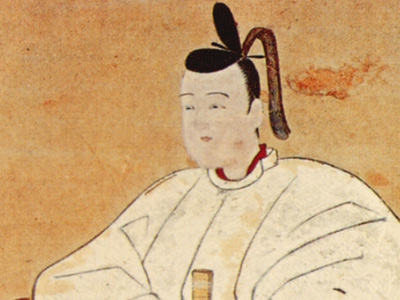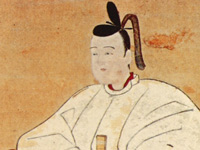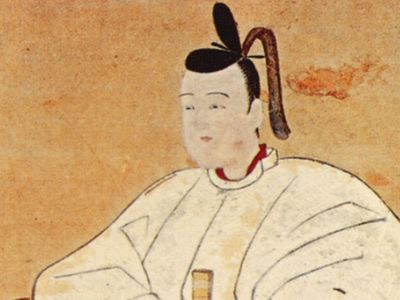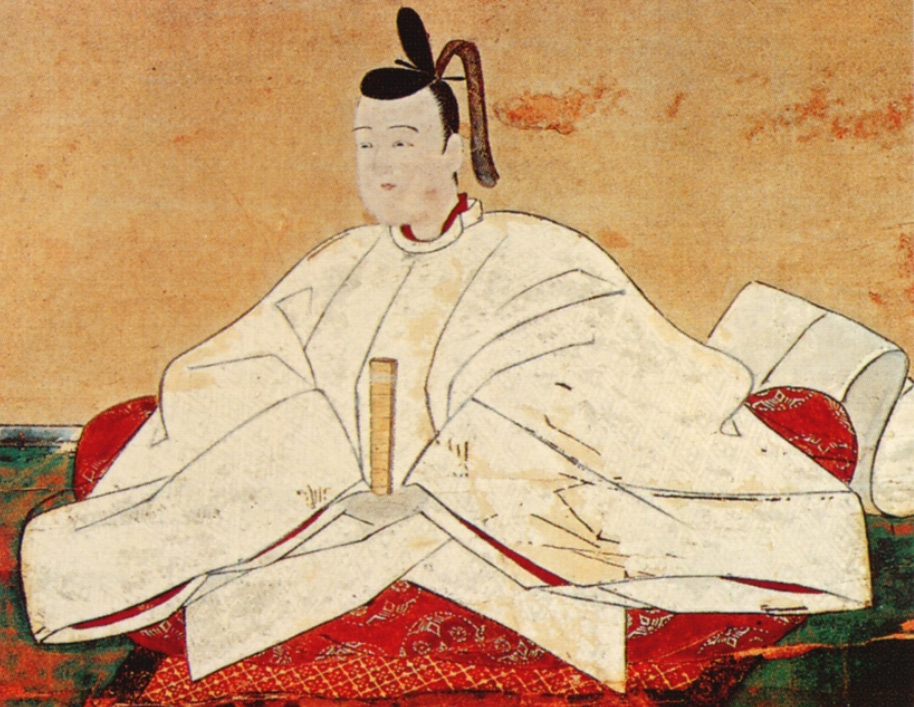Toyotomi Hideyoshi (1537-1598)

Cultural Legacy
Toyotomi Hideyoshi changed Japanese society in many ways. These include imposition of a rigid class structure, restriction on travel, and surveys of land and production.
Class reforms affected commoners and warriors. During the Sengoku period, it had become common for peasants to become warriors, or for samurai to farm due to the constant uncertainty caused by the lack of centralized government and always tentative peace. Upon taking control, Hideyoshi decreed that all peasants be disarmed completely. Conversely, he required samurai to leave the land and take up residence in the castle towns. This solidified the social class system for the next 300 years.
Furthermore, he ordered comprehensive surveys and a complete census of Japan. Once this was done and all citizens were registered, he required all Japanese to stay in their respective han (fiefs) unless they obtained official permission to go elsewhere. This ensured order in a period when bandits still roamed the countryside and peace was still new. The land surveys formed the basis for systematic taxation.
In 1590, Hideyoshi completed construction of the Osaka Castle, the largest and most formidable in all Japan, to guard the western approaches to Kyoto. In that same year, Hideyoshi banned "unfree labor" or slavery; but forms of contract and indentured labor persisted alongside the period penal codes' forced labor.
Hideyoshi also influenced the material culture of Japan Japan is an island country in East Asia. Beginning in the 12th century, political power was held by a series of military dictators (shōgun) and feudal lords (daimyō) and enforced by a class of warrior nobility (samurai). In the Meiji period, the empire adopted a Western-modeled constitution and pursued a program of industrialization and modernization. A global leader in the automotive, robotics and electronics industries, Japan has made significant contributions to science and technology.. He lavished time and money on the tea ceremony, collecting implements, sponsoring lavish social events, and patronizing acclaimed masters. As interest in the tea ceremony rose among the ruling class, so too did demand for fine ceramic implements, and during the course of the Korean campaigns, not only were large quantities of prized ceramic ware confiscated, many Korean artisans were forcibly relocated to Japan.
Japan is an island country in East Asia. Beginning in the 12th century, political power was held by a series of military dictators (shōgun) and feudal lords (daimyō) and enforced by a class of warrior nobility (samurai). In the Meiji period, the empire adopted a Western-modeled constitution and pursued a program of industrialization and modernization. A global leader in the automotive, robotics and electronics industries, Japan has made significant contributions to science and technology.. He lavished time and money on the tea ceremony, collecting implements, sponsoring lavish social events, and patronizing acclaimed masters. As interest in the tea ceremony rose among the ruling class, so too did demand for fine ceramic implements, and during the course of the Korean campaigns, not only were large quantities of prized ceramic ware confiscated, many Korean artisans were forcibly relocated to Japan.
Inspired by the dazzling Golden Pavilion in Kyoto, he had the Golden Tea Room constructed, which was covered with gold leaf and lined inside with red gossamer. Using this mobile innovation, he was able to practice the tea ceremony wherever he went, powerfully projecting his unrivaled power and status upon his arrival.
Politically, he set up a governmental system that balanced out the most powerful Japanese warlords (or daimyōs). A council was created to include the most influential lords. At the same time, a regent was designated to be in command.
Just before his death, Hideyoshi hoped to set up a system stable enough to survive until his son grew old enough to become the next leader. A Council of Five Elders (五大老 go-tairō) was formed, consisting of the five most powerful daimyōs. Following the death of Maeda Toshiie, however, Tokugawa Ieyasu began to secure alliances, including political marriages (which had been forbidden by Hideyoshi). Eventually, the pro-Toyotomi forces fought against the Tokugawa in the Battle of Sekigahara. Ieyasu won and received the title of Seii-tai Shogun two years later.
Hideyoshi is commemorated at several Toyokuni Shrines scattered over Japan.
Ieyasu left in place the majority of Hideyoshi's decrees and built his shogunate upon them. This ensured that Hideyoshi's cultural legacy remained. In a letter to his wife, Hideyoshi wrote:
I mean to do glorious deeds and I am ready for a long siege, with provisions and gold and silver in plenty, so as to return in triumph and leave a great name behind me. I desire you to understand this and to tell it to everybody
HISTORY

RESOURCES
This article uses material from the Wikipedia article "Toyotomi Hideyoshi (1537-1598)", which is released under the Creative Commons Attribution-Share-Alike License 3.0.
© Stories Preschool. All Rights Reserved.










